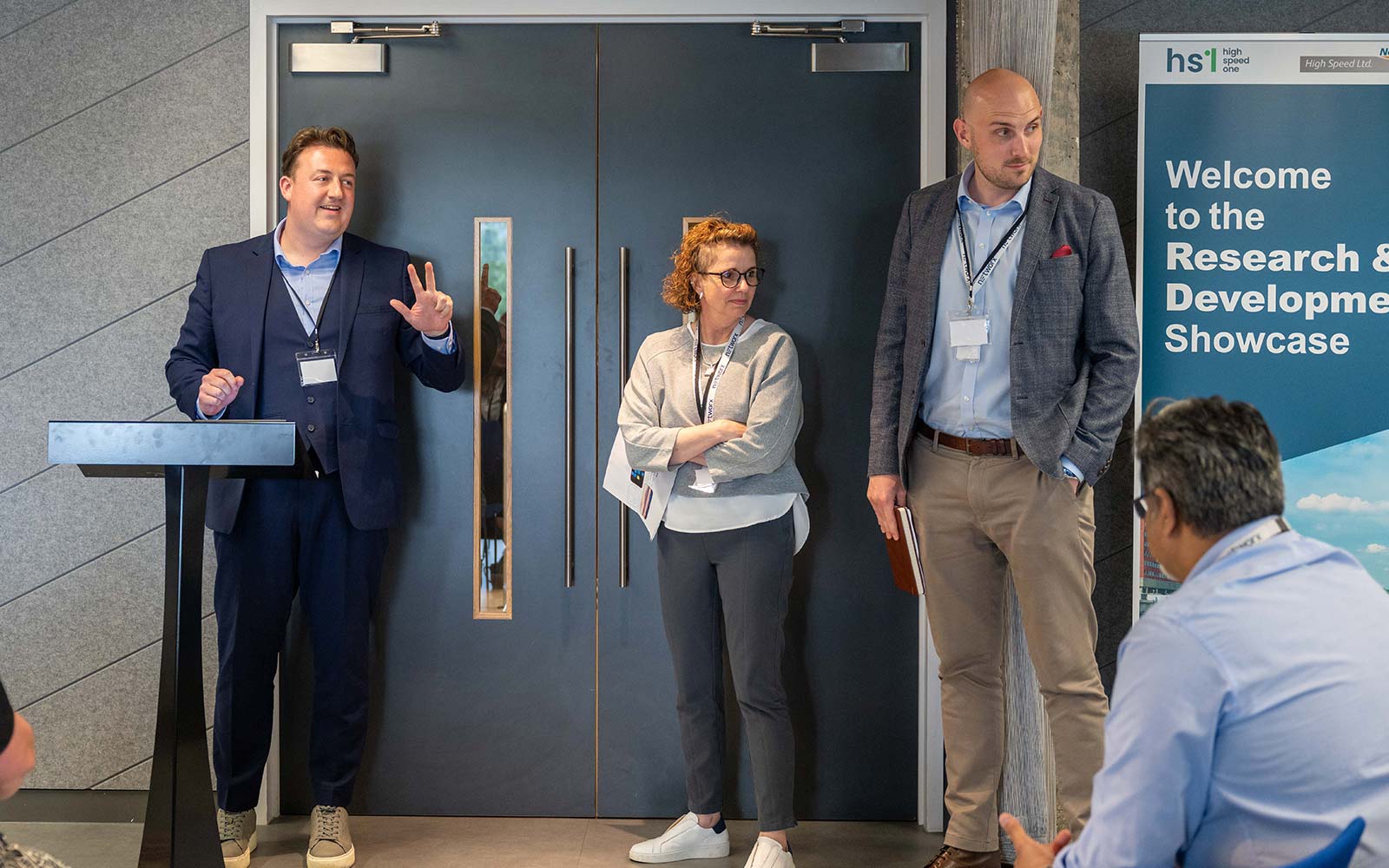Using agent-based simulations to support risk mitigation in emergency departments
In a fast-paced, variable environment, hospital emergency departments must be ready to cater to a wide range of dynamic, unscheduled patient visits.
To meet demand, emergency departments need to continuously evolve and evaluate interventions to clinical practices. This can be complex when it comes to the safety-critical nature of emergency departments and assessing the risk of conducting real-world examinations.
Agent-based modelling (ABM) can support in running evaluations of potential interventions before impacting a real scenario. These interventions can be replicated in a model and examined before enacting real-world changes, saving substantial costs, training time and disruption if the change in practice could have unintended consequences.
The ABM research
In collaboration with King’s College London University and London-based NHS emergency departments, Aerogility partnered on research in this subject by PhD student Thomas Godfrey. The team offered its expertise on the use of ABM and how it can inform A&E departments’ decision-making on the correct procedures when treating patients and infection control practices.
Importantly, simulations must be trusted to be effective when exploring new practices.
The research looked at how the implementation of domain-specific modelling languages (DSMLs) – a language created to solve problems in a system and capture the structure, behaviour and requirements within particular domains – can support repeated modelling exercises.
To model emergency department processes, the DSML was based on pre-existing information from ‘actions cards’ at the hospital. These action cards are the processes staff complete during patient treatment and capture information such as the order of treatments and decision-points for staff.
The DSML was divided into different modules in the simulation – each responsible for its own processes: action card information, people, disease and test modules.
St Thomas’ Hospital case study
Highlighted in a case study on the St Thomas’ Hospital emergency department, the model investigated alternative testing methods for COVID-19. Three types of tests were used in 2020 to detect COVID-19 and the hospital admission wards were tracked and divided into bays according to infectious status.
Modelled on one baseline action card, the aim was to run simulation experiments and investigate the impact of different action cards on patient safety, resource usage and length of stay. The purpose being to capture the accuracy, availability and duration of the different COVID-19 tests in the emergency departments.
Amongst many other findings, the research demonstrated that the DSML was capable of capturing the relevant domain processes within the case study and that it had sufficient scope and generalisability for our current applications.
At Aerogility, we were honoured to be part of this research and are encouraged by the use of ABM in this field – we look forward to seeing how it can evolve and support this sector in the future.
Read the full paper.



